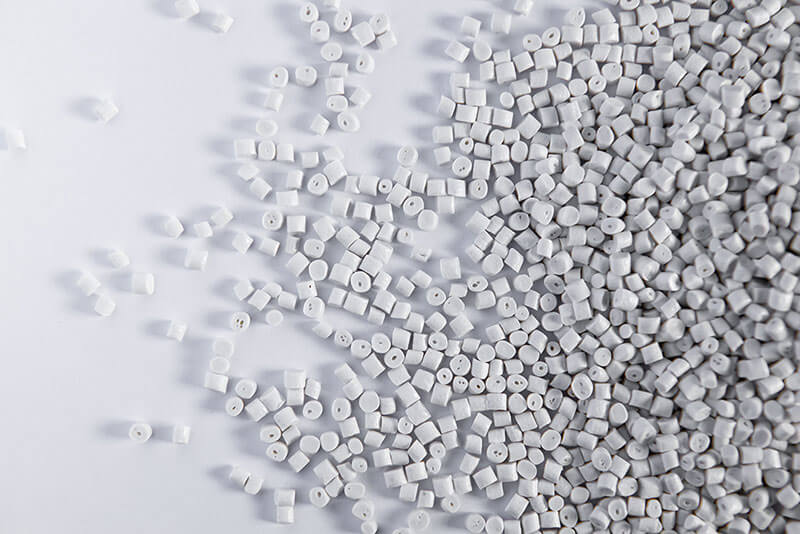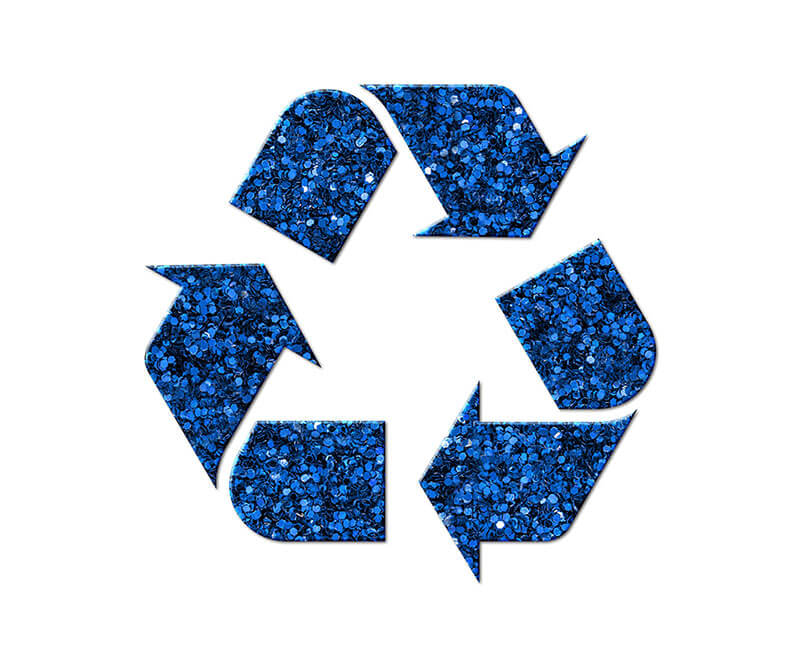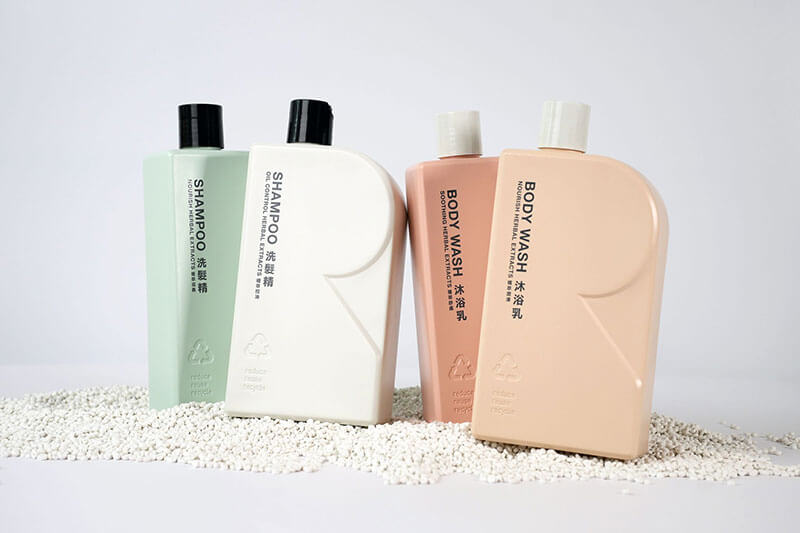How to Identify PCR Plastic?
PCR (Post-Consumer Recycled) plastic and virgin plastic have some differences in appearance, texture, and color that can help consumers or clients distinguish between them. Understanding these characteristics can also help raise awareness of environmentally friendly products.
Ways to Identify PCR Plastic
1. Color and Transparency
- Yellowish or Dull Color: Compared to the transparent and shiny look of virgin plastic, PCR plastic often appears slightly yellowish or dull. This is due to the thermal treatment and multiple uses during the recycling process, which may reduce its transparency.
- Black Spots or Small Marks: You might notice tiny black spots or impurities on the surface of PCR plastic. These minor imperfections result from small residual particles during recycling and reprocessing, which do not affect functionality.

2. Texture and Material Quality
- Slightly Rough Surface: The surface texture of PCR plastic is usually less smooth than virgin plastic, possibly feeling slightly rough. This change is due to the compression and reprocessing steps during recycling, which slightly alter the material’s structure.
- Slightly Weaker Rigidity: The strength and rigidity of PCR plastic may be slightly lower than virgin plastic, but it remains suitable for most everyday applications. This difference is primarily due to molecular changes that may occur in the recycling process.
3. Packaging or Labeling
- Recycling Symbols and Labels: Many products using PCR plastic include “PCR” or “Recycled Material” labels on the packaging, sometimes specifying the recycled content percentage (e.g., 25% PCR or 50% PCR). Additionally, some products display sustainability or eco-friendly symbols, like “♻️” or other recycling marks, to indicate the environmental attributes of the product.
- Manufacturer's Declaration: Some brands explicitly state their environmental commitment and the reason for using PCR materials on the packaging. This serves as both an eco-friendly mark and a brand’s pledge to sustainability, helping consumers understand the environmental benefits of their purchases.

4. Odor
- Characteristic Odor: Some PCR plastics may have a slight odor when the packaging is first opened. This is due to the extensive cleaning and processing during recycling. However, this odor typically dissipates after the product is used.
5. Pricing
- Typically Higher Price: Since PCR plastic requires additional steps for recycling and reprocessing, its cost is often higher than traditional virgin plastic, which may be reflected in the product price. When purchasing products containing PCR plastic, consumers may notice this as an indication of the value placed on environmental protection.
6. Comparison with Virgin Plastic in Applications
- Common Application Areas: PCR plastic is commonly used in non-food contact containers or outer packaging, such as cleaning products, skincare containers, and everyday product packaging. Although there are food-grade PCR materials, they meet stricter certification standards and are explicitly labeled as safe for food use.
- Origin and Labeling: Some manufacturers specify the origin and source of PCR materials on their products, providing consumers with more information about the recycled material. This can serve as a reference for consumers in confirming the eco-friendly attributes of a product.

Why Choose PCR Plastic?
After learning how to identify PCR plastic, consumers can further understand the environmental significance of choosing it. Purchasing products containing PCR plastic means helping to reduce plastic waste and decreasing dependence on Earth's resources. Moreover, products using PCR plastic can reduce carbon emissions, lower energy consumption, and reintegrate used plastics into the production chain, achieving sustainable resource use.

(Image: Carrefour Taiwan)
With these insights, consumers can make more informed choices when shopping for eco-friendly products and are encouraged to support renewable resources, doing their part for environmental protection.
